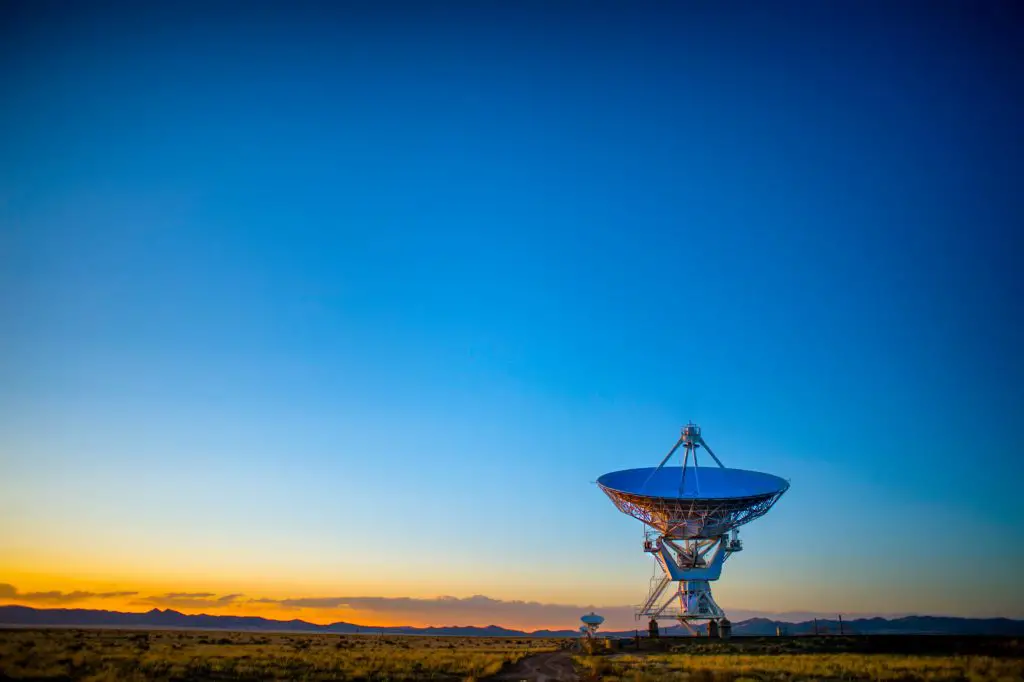Introduction
If you’re looking for a way to get around without having to rely on terrestrial networks, Dish Network has got you covered. Plus, Dish Network offers a wide range of programming options that will suit your needs. So whether you’re looking for news, sports, or movies, Dish Network has got you covered.This article will give you some tips to get correct satellite direction for your dish network.

Dish Network Satellite Direction
Some tips that could get you the correct network satellite direction are
If you live in an area with a lot of construction or residential development going on, then it may be best to avoid Dish Network satellites until the situation has settled down.
If you have concerns about potential interference from other wireless devices in your home, then try installing a directional antenna or using a signal booster.
What should be the correct direction of dish network satellite in the USA?
The direction of the dish network satellites in the USA depends on several factors, including local weather conditions and viewing habits. In general, though, Dish Network satellites tend to rotate eastward around the Earth every 24 hours. There are three main directions that dishes can be pointed: east, northeast, and northwest. The most popular direction for homes is usually northeast because this orientation minimizes atmospheric interference and gives residents the best reception in all directions. In addition, many Dish Network packages offer discounts if your dish is pointing in this direction.
However, if you’re looking for East or West coast coverage, Dish Network might be a good option. Additionally, if you want more local channels and fewer national networks, then DirecTV would be your best bet. And finally, if you want all the major networks without having to pay for multiple packages like cable TV does, then Playstation Vue may be right up your alley.
Another option would be to adjust your viewing habits – commonly known as “cable cutting.” If switching to Direct TV will save you money month over month while providing similar programming quality and features, go ahead and make the switch! Just keep in mind that if the dish network ever becomes unavailable due to regional blackouts or any other technical issues (like freezing screens for long periods), reverting to cable might not be such a bad idea after all.
How do I align my dish network?
If you’re looking to align your dish network satellite, then the first thing you need to do is determine where it is installed. Once that information has been acquired, use the Dish Network Align Tool to verify its location and add any corrections as needed. It is also important to note that if your satellite isn’t operational or there are incorrect coordinates associated with it, then using this tool may not be an effective workaround.
If everything looks good and all of your channels are coming in correctly, then the next step would be to set up a login for remote access so that you can make changes or troubleshoot issues should they arise. Afterward, calibrate your television screen by confirming which mode (HDMI 2D/3D) it’s being outputted in and adjusting if necessary. Finally, test out any new features such as apps or smart home devices by connecting them through Wi-Fi and checking for proper functionality before leaving everything in “auto” mode until further notice.
How accurate should be a satellite dish?
Dish satellite dishes can be very accurate, but there are certain things that you should keep in mind to make sure the dish is capturing your desired content. Check for signal strength and interference levels before starting a new channel scan. And lastly, calibrate the dish every couple of months by adjusting the gain (or audio).
A dish network satellite dish should be as accurate as possible to receive the best possible picture. However, if you experience any problems with your dish, it is important to contact customer service so that they can rectify the issue as promptly and efficiently as possible.
How can I improve signal quality?
Satellite signal quality can be improved by doing a few things, including moving your antenna, adjusting the settings on your TV or box, and installing an external antenna. If you’re living in an area with poor satellite coverage, there are also several apps available that allow you to stream content without having to rely on the network.
Of course, the best way to improve signal quality is always through better installation work and the construction of new infrastructure. Whenever possible aim for attic or roof installations so dishes can more easily orient themselves towards satellites. When building out any type of home entertainment system make sure to factor in optimal placement for television antennas as it’s often overlooked when planning bigger projects.
Conclusion
Dish networking satellite direction refers to how a dish antenna directs and receives wireless signals. This is important because it determines the location of your TV or satellite box about the satellites that you are trying to watch.
FAQs
- Why am I not getting good network signals?
It may be in the wrong position or have any malfunction in the equipment.
- What may be the good signal strength for a dish network?
Good signal strength is between 50-80
- What to do when the TV says no signal?
It may be due to bad weather.
- What should be the direction of my direct tv dish?
It should be facing south.

